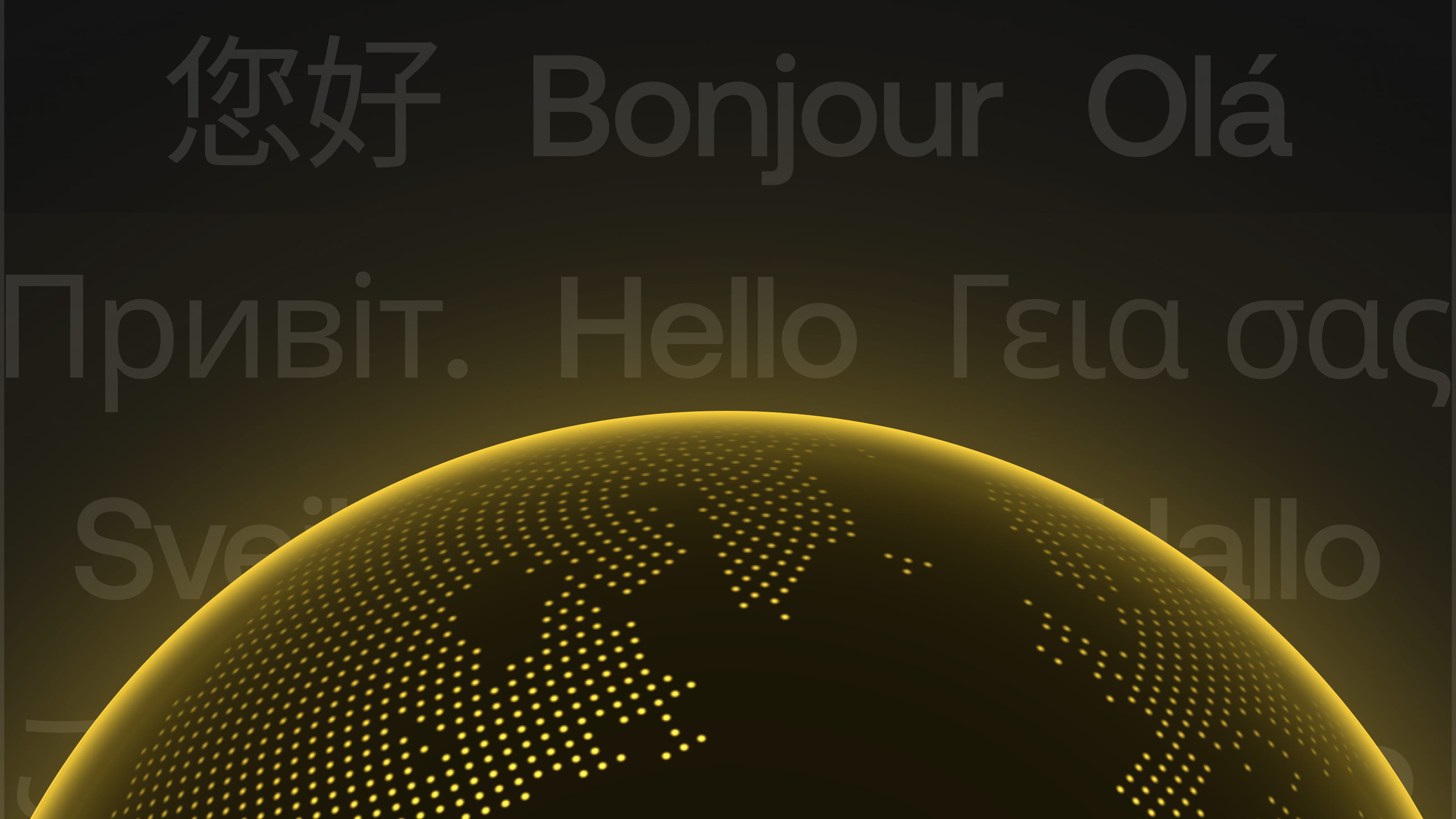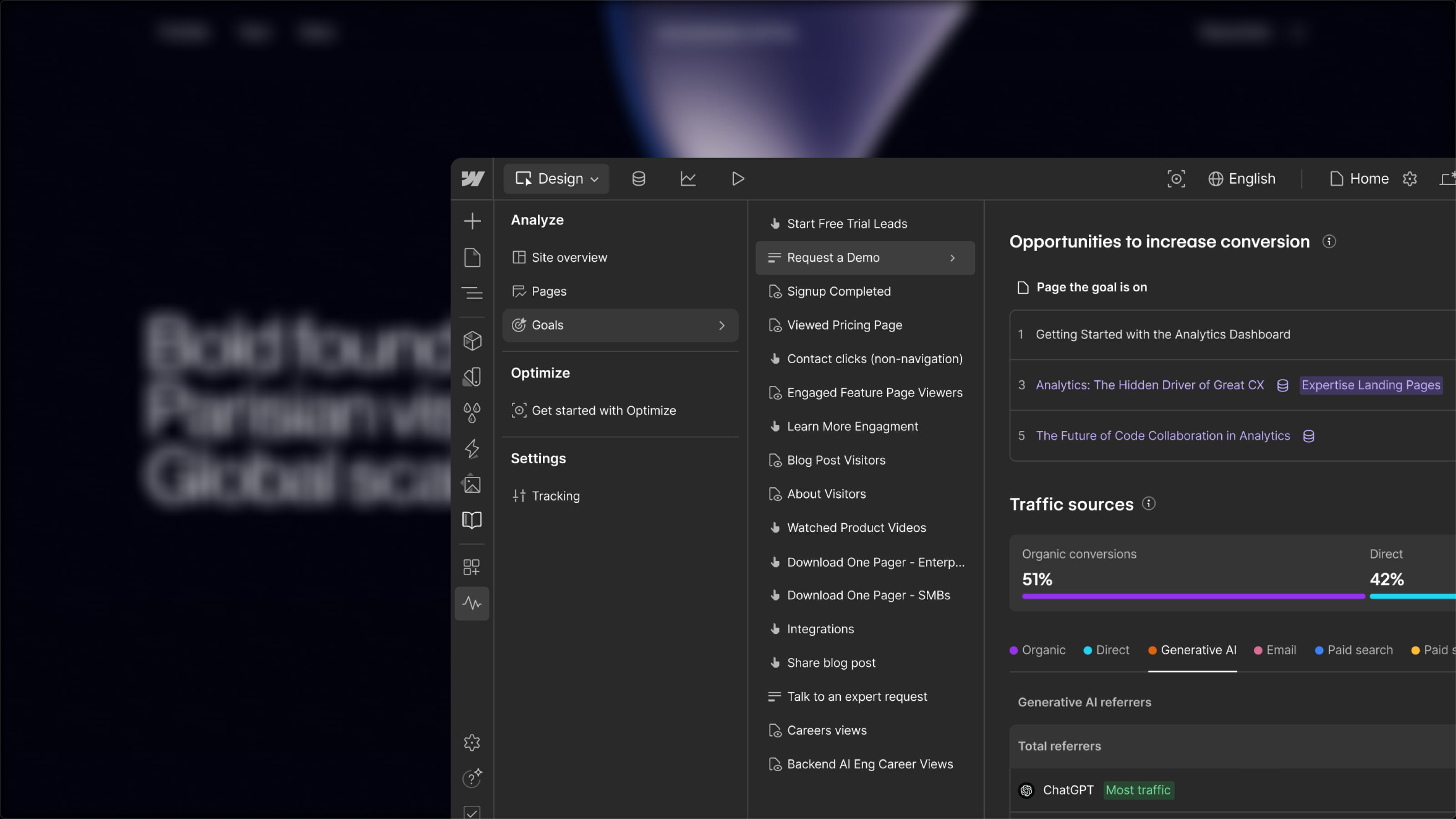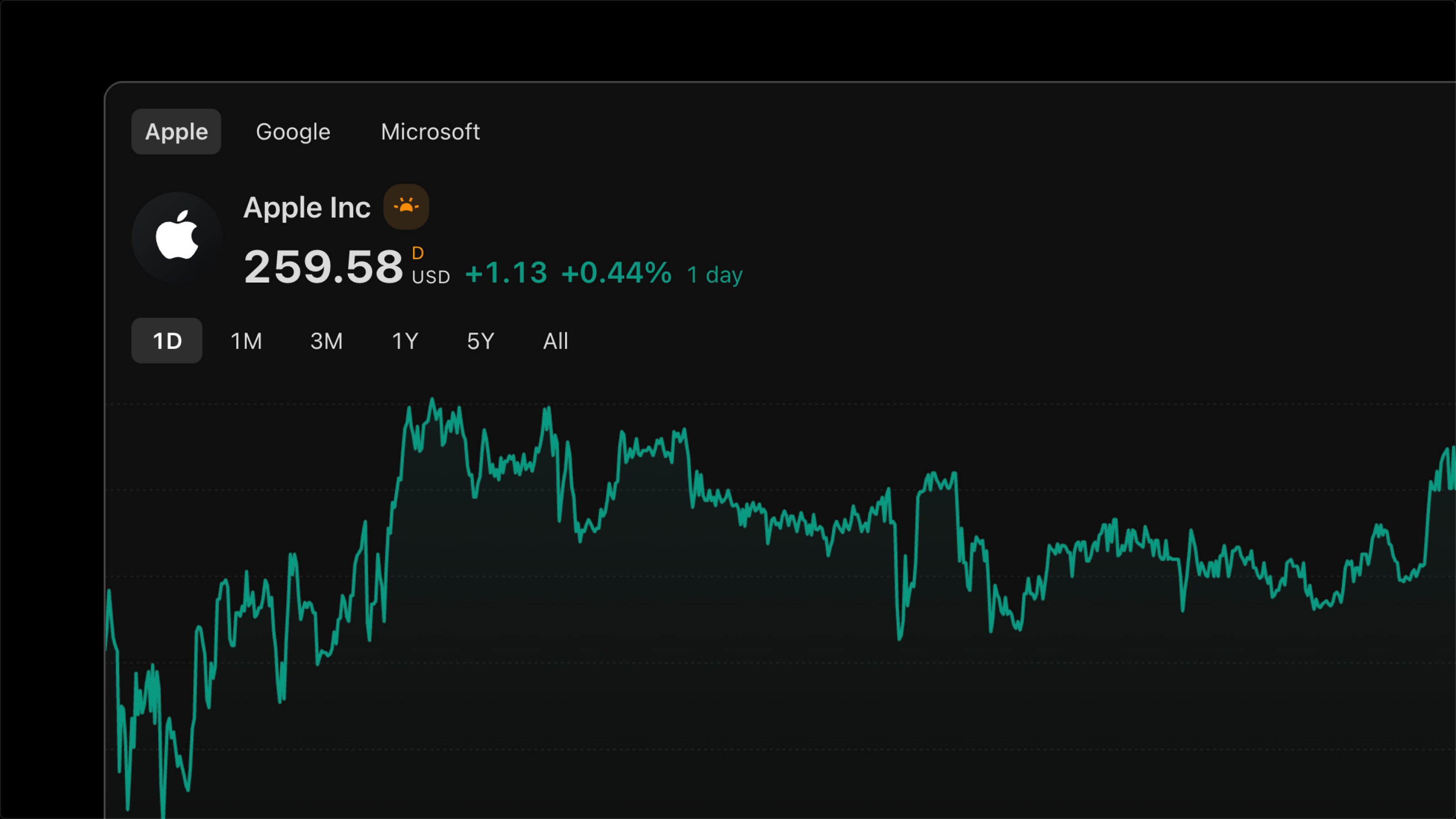On the web, your brand can be visible locally, nationally, or internationally.
Each of these goals requires a specific strategy and technical decisions to achieve meaningful results. One of these key decisions is how to structure your domain and URLs—exactly what we’ll cover in this article.
What is International SEO?
Unlike local SEO (e.g., dentist in New York), international SEO involves building a strategy to be visible globally.
This type of strategy isn’t suitable for everyone—many businesses or services don’t benefit from international exposure. For instance, a dentist in New York has little reason to appear in search results in a small French village.
However, if your goal is to grow your digital visibility at a global scale, there are some technical must-haves to implement—one of them being: providing a unique URL for every language version of your site.
Note: On-page translators (like Google Translate) that translate your web pages dynamically don’t support international SEO, as your translated content won’t be indexed under unique URLs.
The 3 Main URL Structures for International Websites
There are three common ways to structure the URL hierarchy for a multilingual site:
- Using subdomains
- Using subdirectories
- Using dedicated domain names
Each with its own pros and cons.
Website with Subdomains
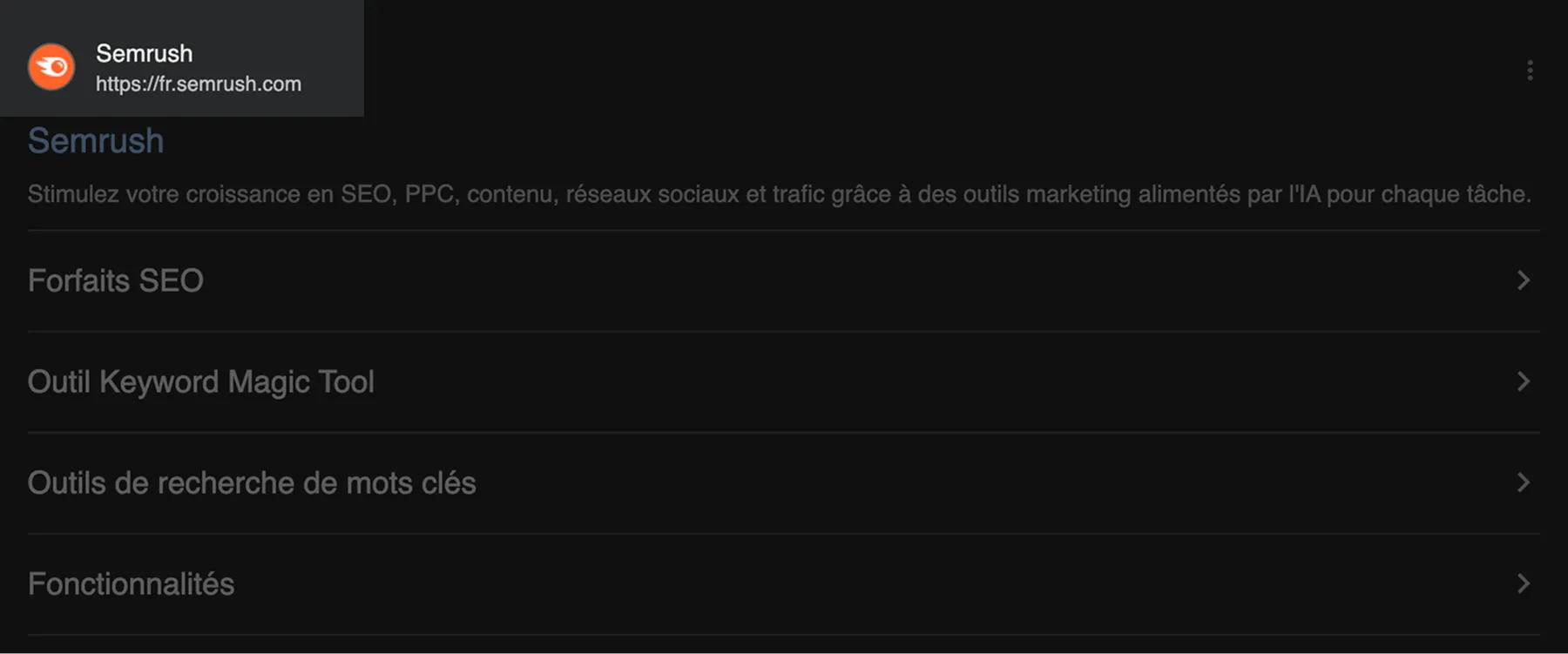
International sites organized with subdomains add a specific prefix for each language or country in front of the root domain. For example:
- en.mysite.com
- de.mysite.com
- fr.mysite.com
This approach is fairly common and can bring decent results on search.
It also allows you to manage independent projects, with localized designs and separate development environments.
However, it has limitations, which is why we don’t particularly recommend it:
👉 URLs are not very readable: the language tag isn’t clearly visible in the address bar.
👉 You must use a global root domain (like .com).
👉 The authority of the main domain can be diluted.
Also, if you’re using a CMS like Webflow, this structure doesn’t allow you to manage your content in one place—you’ll need to juggle multiple projects.
International Website with Subdirectories (Recommended)
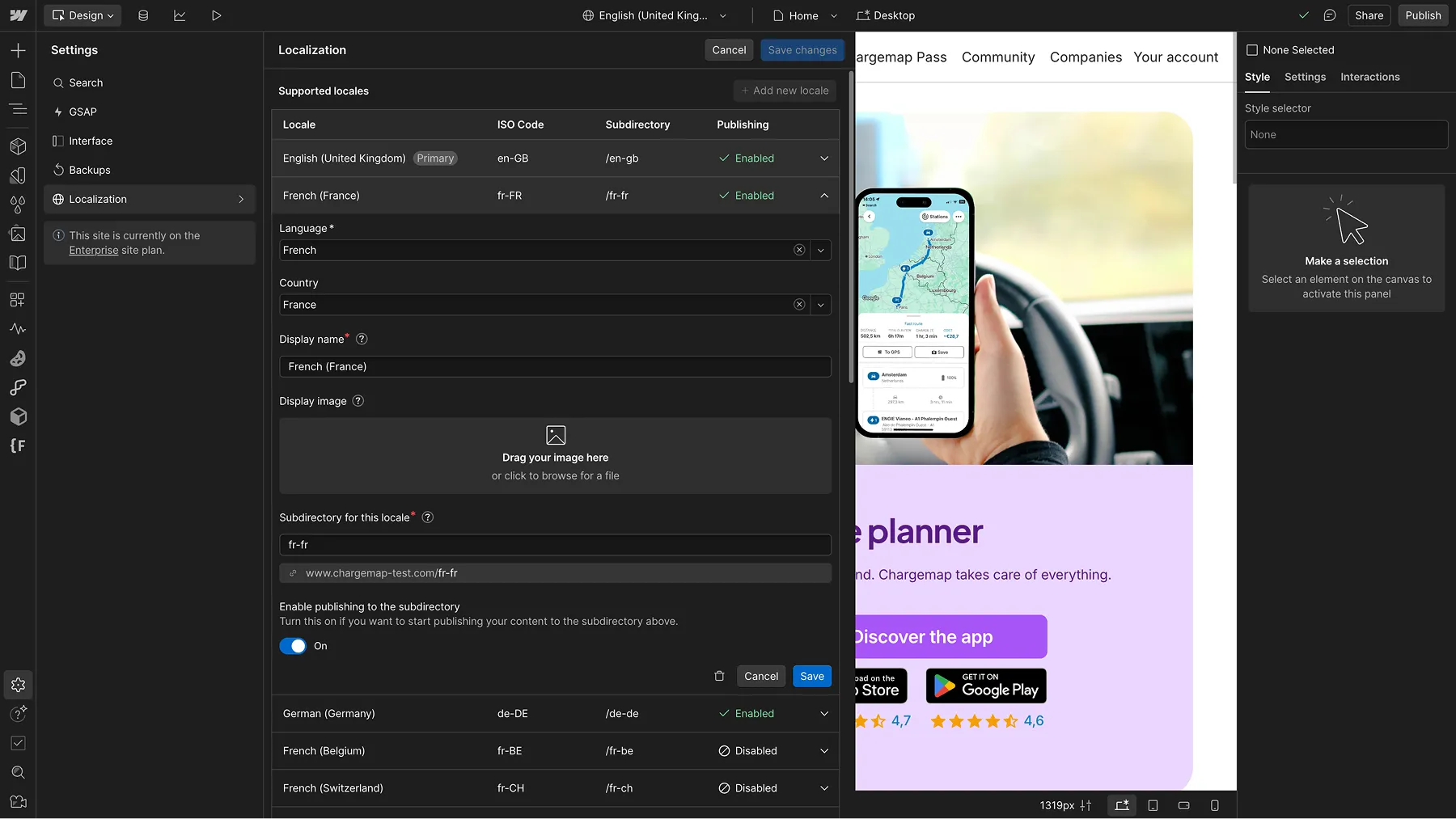
In this case, a subdirectory-based method organizes URLs like file folders. This is the approach our agency recommends for building SEO-optimized multilingual websites.
Examples of subdirectory structures:
- mysite.com/es/example
- mysite.com/fr/example
- mysite.com/de/example
This structure is beneficial because it:
Improves readability and clarity for site visitors
- Improves readability and clarity for site visitors
- Helps search engines crawl and index more efficiently
- Centralizes web architecture into a single CMS
Here's an example of a localized Webflow sitemap structured in subdirectories.
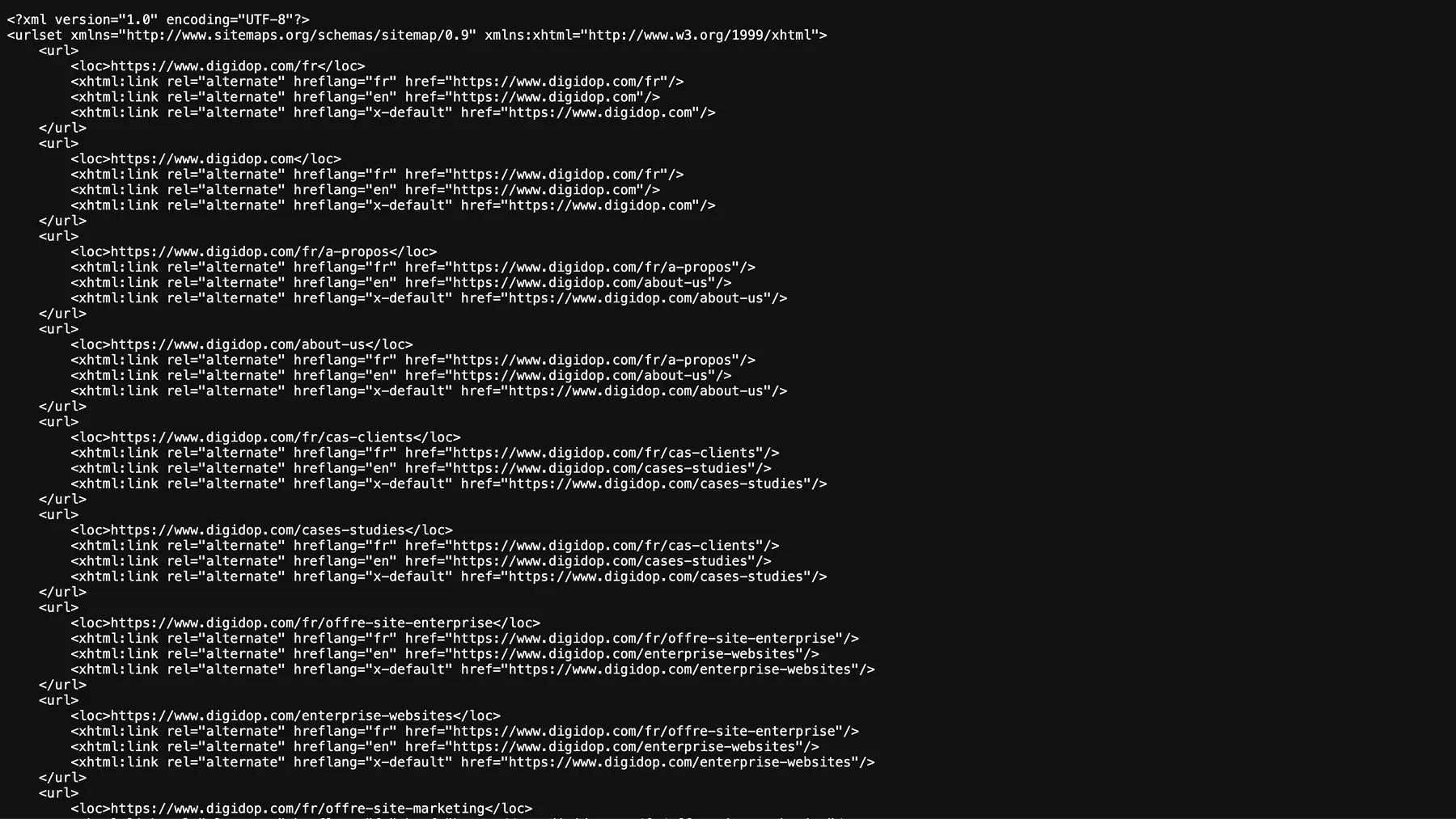
One Domain Name Per Country
Note: Rarely recommended, as this approach requires significant resources.
.webp)
It’s known that using a country-specific TLD (.fr vs .com) can help with local SEO. So yes, you could build a separate site for each country—this is what Hubspot does, for example, with domains like: 👉 https://www.hubspot.fr/
But the cost is high:
- You can’t centralize your SEO efforts around a single domain
- Each site runs independently, requiring its own strategy
- It’s resource-heavy in both time and cost
To make the right choice, ask yourself the right questions:
→ Do you serve a single market?
Example: Ramify is regulated for the French market and can’t operate internationally → they use a .fr domain
→ What resources do you have for your global visibility strategy?
→ Does your tech stack support a multilingual setup that’s coherent and optimized?
Comparison Table: Main Methods to Create a Multilingual Website
Digidop’s Conclusion & Recommendations
Our first recommendation: take the time to ask yourself the right questions to guide your decision.
Is your market local, national, or international?
What resources will you dedicate to this strategy?
What tools will you use to build and manage your website?
Then, try to plan ahead as much as possible—this will help you avoid long-term technical debt and make sure your architecture scales from day one. (Learn more about why Digidop.fr became Digidop.com in 2025)
Still unsure? Get in touch with one of our solution architects for free, tailored recommendations based on your business goals.

